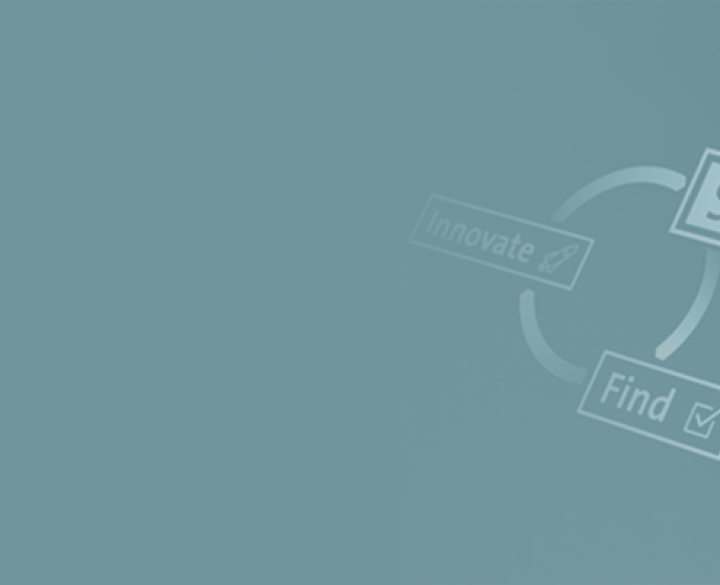What is a patent?
A patent is a legal document granted by the Department of Intellectual Property of the FPS Economy, SME's, Self-employed and Energy. The inventor is granted an exclusive exploitation right, i.e. the patent grants the patentee the exclusive and temporary right to exploit an invention that is new, of an inventive nature and susceptible to be applied in industry.
It also means that the patentee may prohibit each third party to produce, offer, market, use, import or stock the product that is the object of his invention. This right is granted by the legislator.
A patent has a national territoriality, i.e. a patent is only valid in the country in which it is granted. Therefore one needs to file a patent application in each country in which one desires to protect one's invention. There are also simpler procedures by which one obtains a patent in several countries by means of one single application. The best-known examples of this are the European patent (valid for a maximum of 20 countries) and the international patent (for more than a hundred countries).
In general, a patent has a maximum validity of twenty years. Once a patent has been obtained, the patentee may pay a yearly tax to keep his privileges.
To which criteria an invention has to comply ?
Novelty
An invention is considered as new when it does not belong to the actual state of technique. State of technique means all knowledge that is publicly available worldwide. This also implies that one has to be careful with spreading information on inventions for which no patent application has been filed yet, since a publication would lead to the fact that the invention already belongs the state of technique.
Inventive nature
This implies that the invention may only be the result in a non evident way of the actual state of technique. One may verify this by asking whether an average craftsman in the relevant field may arrive at the same invention on the basis of the actual state of technique.
Industrial applicability
An invention may only be the subject of an invention if it may be produced or applied in an industrial branch, inclusive agri- and horticulture. This means that the invention has to be susceptible to serve commercial ends.
Exclusions
For matters such as discoveries, scientific theories, mathematical methods, aesthetic design, methods to perform mental work... no patent application may be introduced. Note however: an application of these matters for instance in the form of an industrial product of a industrial production process may be the subject of a patent application.
Why filing a patent application ?
According to an enquiry carried out among a number of European enterprises, the most common reason to file an application is:
- protection of a technological advance
- market protection
- protection of new markets
- risk reduction of an investment
- sales protection
Trademarks, drawings and designs
A trademark may be a name, a drawing or the combination of both. A strong trademark is an important asset in our global economy. Its protection therefore deserves our full attention. The registration of a trademark is a first step. You can register a trademark in the Benelux or on a European (Community trademark) or international (WIPO) level.
The registration of a trademark can simply be done online on the BOIP (Benelux Office for Intellectual Property) website.
A drawing (2D) or design (3D) is the appearance of a product or a part thereof that is new and has an individual character. The appearance results from the features of, in particular, the lines, the contours, the colours, the shape, the texture or the materials of the product itself or its ornamentation. In the European Union the designer of every drawing or model is automatically protected (Unregistered Design). In the event of a discussion one will have to prove in an irrefutable manner to posses the oldest copy.
It is possible to register a drawing or model in the Benelux, on a European (EU) or international (WIPO) level. The registration of a drawing or model is a warrant of origin. To register a drawing or model it has to comply with several criteria, such as newness and individual character, meaning that it has to distinguish itself from other drawings or models in more than its details.
The fight against counterfeit
The civil code defines counterfeiting as the total or partial reproduction or use of an object protected by the Intellectual Property Right without the permission of its owner. Counterfeit is therefore an infringement of the Intellectual Property Right.
Belgium is one of the most active EU member states in the fight against counterfeit by application of the 1383/2003 Directive and confiscates one fifth of all counterfeit products in the EU.
Each year some 20 million counterfeit goods are being confiscated!
If you observe an infringement of your property rights (patents, marks or models), please contact the FPS economy. They will forward your complaint to the competent regulatory body who will take the appropriate measures.




